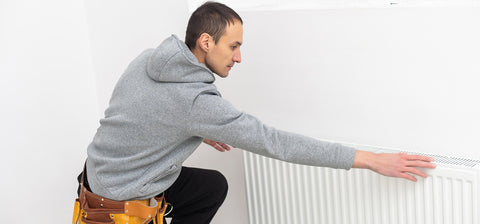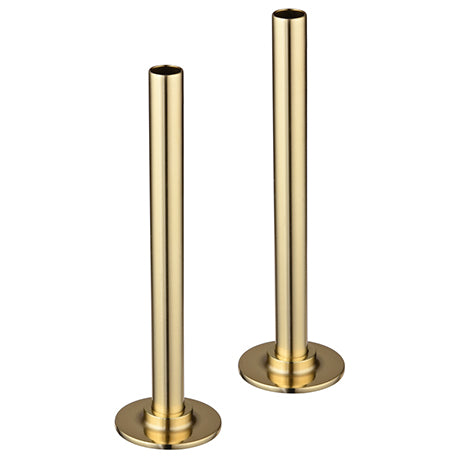How to Fit and Replace a Radiator: A Quick and Easy Guide
Table of contents:
-
Introduction
-
Reasons for Replacing Radiators
-
How to fit and change a radiator
-
How to fit a radiator
-
How to change a radiator
-
Conclusion
Introduction :
Radiators are the unsung heroes of our homes, keeping us warm and cozy during the cold months. However, like all things, radiators may require replacement or upgrading for various reasons.
In this comprehensive guide, we will explore the process of how to fit and replace a radiator.
We'll cover everything from the reasons behind radiator replacement to the tools you need and the step-by-step process.
Reasons for Replacing Radiators
1.Efficiency and Energy Savings:
When it comes to your heating system, efficiency matters.Older radiators may not operate as efficiently as newer models, leading to increased energy consumption and higher bills.
Replacing them with more efficient units can result in significant savings.
2.Maintenance and Wear and Tear:
Over time, radiators are subject to wear and tear. Rust, corrosion, and blockages can accumulate, affecting their performance.Regular maintenance helps, but eventually, replacement becomes necessary to ensure your heating system's longevity.
3.Improvements in Quality and Safety:
The market constantly introduces newer radiator models that comply with the latest quality and safety regulations.
Upgrading to these models can enhance the overall safety and quality of your heating system, providing peace of mind.
How to Fit and Change a Radiator

Preparation and Equipment
Before you embark on replacing a radiator, it's essential to prepare adequately and gather the necessary tools and materials. Here's what you'll need:Tools You'll Need:
- Spirit Level
- Radiator Key
- Pipe Cutter
- Adjustable Pipe Wrench
- 2x Adjustable Spanners
- Tape Measure
- Bucket
- Dust Sheet
- Pipe Tape
- Screwdriver
- Drip Tray
- Multi-Purpose Digital Detector
Checking Your Wall and Valves:
Examine your wall for any signs of damage, such as crumbling plaster or cracks. Ensure that your wall can support the weight of the new radiator. Additionally, check your radiator valves and understand their operation.How to Fit a Radiator
Fitting a radiator is a straightforward process when you follow these essential steps:STEP 1 :Measuring for Replacement:
Begin by measuring the replacement radiator's dimensions, including pipe centers, depth, and height. Proper measurements are crucial to ensure a seamless fit.
STEP 2 :Removing the Old Radiator:
- Turn off the central heating system and allow it to cool down.
- Close the radiator valves at either end.
- Drain the old radiator by loosening the bleed valve cap nuts.
- Carefully remove the old radiator from its brackets or the floor, ensuring you catch any remaining water.
STEP 3 :Fitting the New Radiator:
- Replace the wall brackets if necessary.
- Mount the new radiator.
- Connect it to the pipework, ensuring a secure fit.
- Open the valves.
- Check for any leaks.
- Turn on your central heating system.
How to Change a Radiator
Replacing a radiator involves specific steps to ensure a smooth transition:
STEP 1 :Turning Off the Radiator and Draining:
- Isolate the radiator.
- Turn off your central heating system and allow it to cool down.
- Close the radiator valves at either end.
- Drain the radiator by loosening the bleed valve cap nuts.
STEP 2 :Removing the Old Radiator:
- Once the radiator is drained, carefully remove it from its brackets or the floor.
STEP 3 :Installing the New Radiator:
- Replace the old brackets with new ones if needed.
- Hang the new radiator in place.
- Connect it to the pipework, ensuring a secure fit.
- Open the valves.
- Check for leaks.
- Turn on your central heating system.
Conclusion
Mastering the process of how to fit and replace a radiator empowers homeowners to enhance their heating systems' efficiency and comfort.Whether you're looking to replace an old radiator or upgrade to a more energy-efficient model, understanding the reasons and following the proper steps is the key to success.
Upgrade your heating system today, stay warm, and enjoy the benefits of a cozy and energy-efficient home.

































